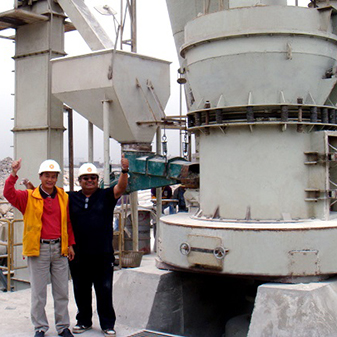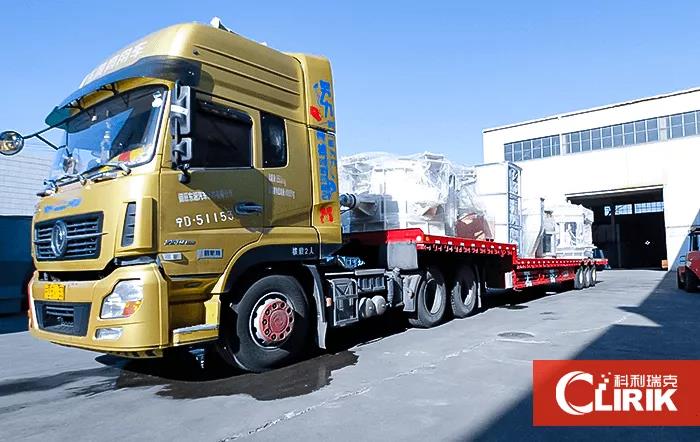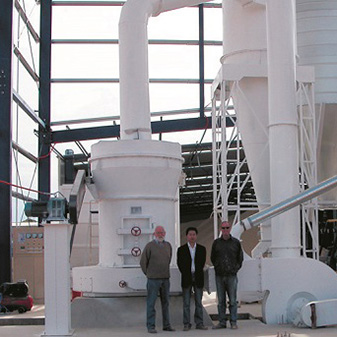Pure kaolin has high whiteness, softness, easy dispersion and suspension in water, good plasticity, high cohesion, and excellent electrical insulation properties. It also has good acid resistance, low cation exchange capacity, good fire resistance and other physical and chemical properties.
Therefore, kaolin has become a necessary mineral raw material for dozens of industries such as papermaking, ceramics, rubber, chemicals, coatings, medicine and national defense.
Kaolin is widely used in the paper industry. There are two main areas, one is the filler used in the papermaking (or papermaking) process, and the other is the pigment used in the surface coating process.
Kaolin clay processing and production process
The kaolin products calcined by this technology have a whiteness of 90-95 and a particle size of 4500-6000 mesh. The high-white and ultra-fine calcined kaolin products of this product are mainly used in papermaking, high-grade coatings and other industrial fields.
The first stage
Mineral dressing, crushing the ore and grinding it into powder below 325 mesh.
The second stage
Put the powder into the slurry bucket, add water and dispersant, stir and beat the slurry, and grind it superfinely to 4500-6000 mesh.
The third stage
The superfinely pulverized slurry is dried and broken up, sent to a calciner for calcination, and 1-3% of the total weight of whitening agent is added during calcination. The whitening agent is composed of clean coal, sodium sulfate and sodium chloride. Mix by weight 10:0.3:0.2. The calcination temperature is 970-990℃.
The fourth stage
Break up the packaging for the finished product.
Required equipment
In order to meet the requirements of higher fineness of kaolin in industries such as papermaking, plastics and rubber products, it is necessary to increase the fineness of kaolin, thereby improving the quality of products. The ultra-fine grinding process mainly includes grinding and stripping method, high pressure extrusion method and jet pulverization method. The kaolin grinding equipment usually uses the European version of the YGM Raymond mill or the HGM ultra-fine grinding mill.
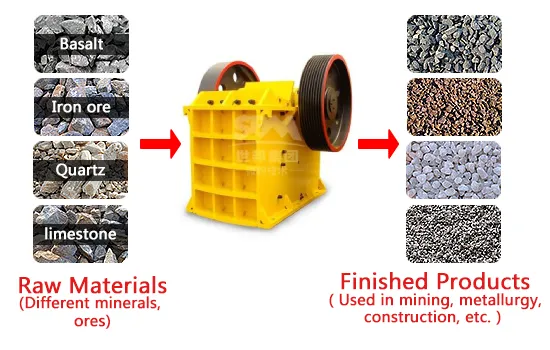
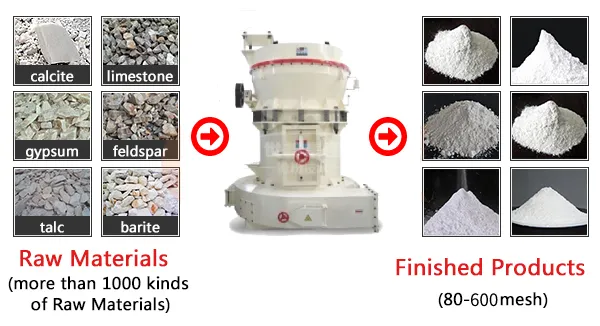
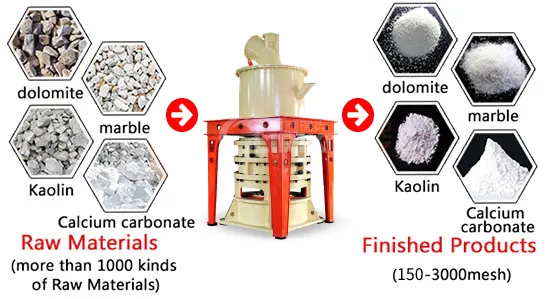
Investment prospects
At present, the total global output of kaolin is about 40 million tons (this data is a simple addition of country-to-country output, which does not count the trade volume of raw ore, including more double counting), of which about 23.5 million tons of refined clay. The paper industry is a very large consumer sector of refined kaolin, accounting for about 60% of the total consumption of kaolin. According to the data provided by the Canadian Temanex Consulting Company, the total global output of paper and paperboard in 2000 was about 319 million tons, and the total consumption of kaolin for paper coatings was about 13.6 million tons. For general cultural paper, the filler content accounts for 10-20% of the paper weight. For coated paper and paperboard (mainly including lightweight coated paper, coated paper and coated paperboard), in addition to fillers, pigments are also required. The proportion of kaolin used for fillers and pigments is 20-35% of the weight of the paper. The application of kaolin in papermaking can give the paper good covering performance and good coating gloss performance, and can also increase the whiteness, opacity, smoothness and printability of the paper, and greatly improve the quality of the paper.
Application field
Kaolin is a new type of filler for rubber products developed in recent years. Kaolin is widely used in ceramics, rubber, plastics, artificial leather, self-cement, refractory materials, chemical industries and agriculture. With the further improvement of kaolin beneficiation technology, the application range of kaolin will become more and more extensive.
Kaolin is a non-metallic mineral ubiquitous in nature. In the past, it was generally used in the production of ceramics, refractory materials and a small amount of plastics and rubber as fillers. With the increasing development of various fields of the national economy, people pay more and more attention to the deep processing of high lacewing soil, because it can not only obtain new materials with special properties, but also improve economic benefits.
One of the deep processing methods of kaolin is to further heat, roast and dehydrate the kaolin that has been washed and dried to make it into metakaolin, which is used as a filler for plastic cables to improve the insulation of the cable sheath. performance. Commonly used shoe rubber fillers mainly include organic fillers and inorganic fillers. The former includes reclaimed rubber and recycled materials, and the latter includes silica, calcium carbonate, titanium dioxide, magnesium carbonate, magnesium oxide, carbon black and Zinc oxide powder, etc.

